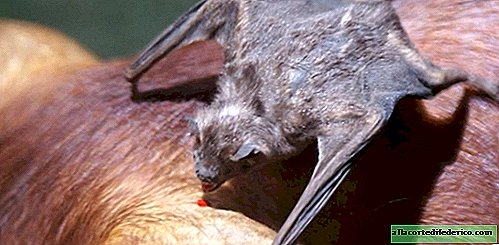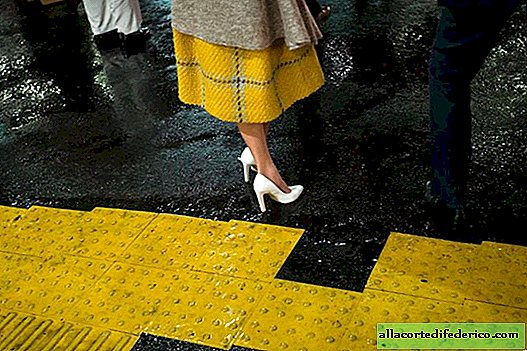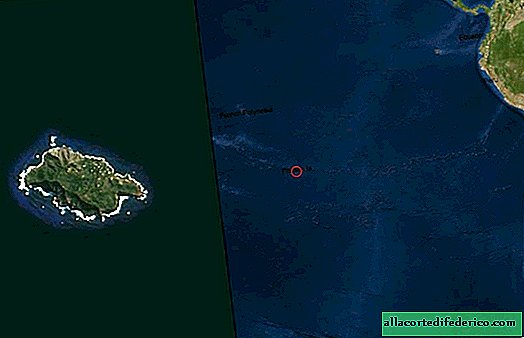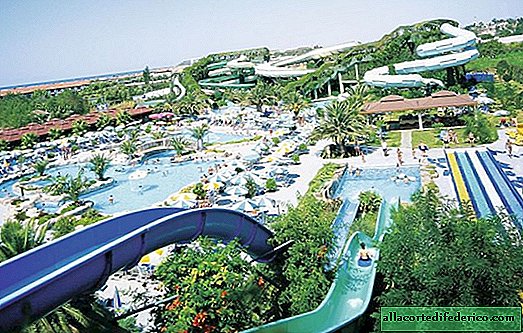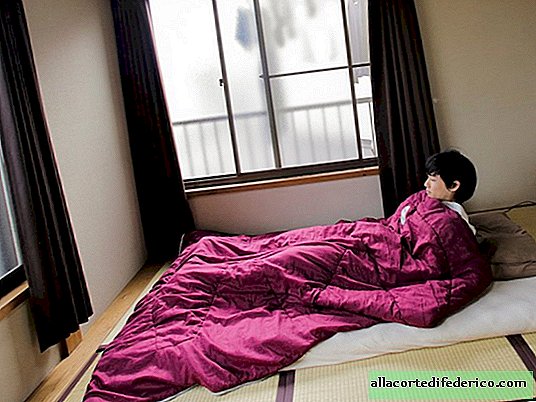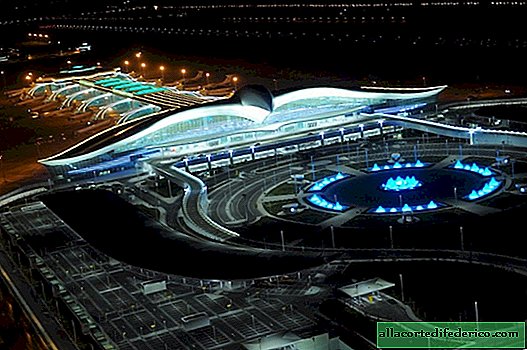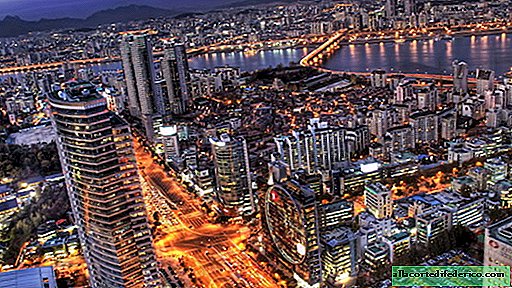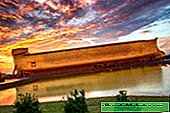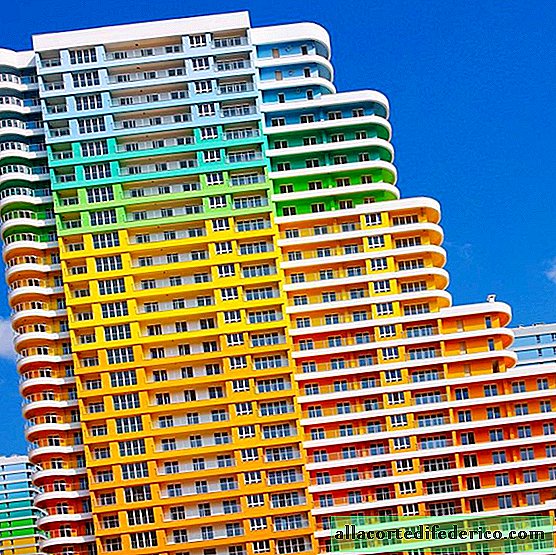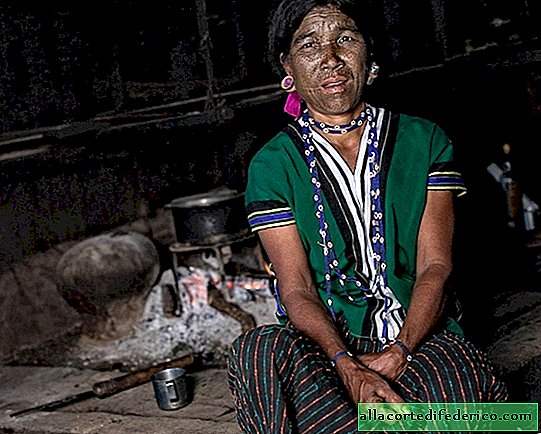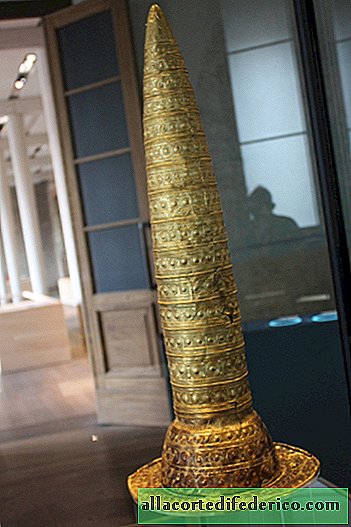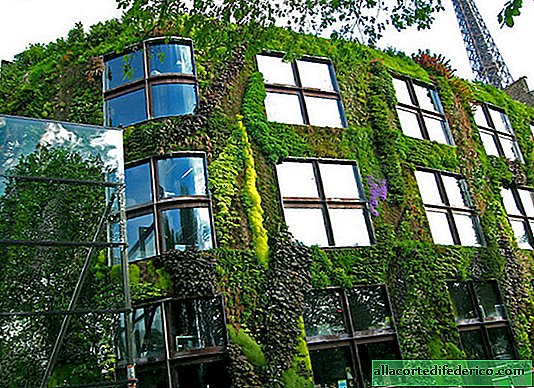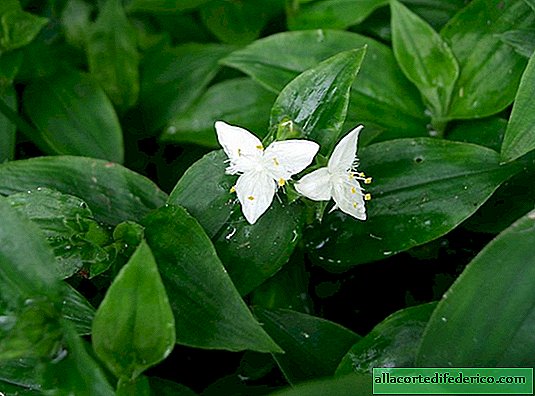The mining town of Sewell in Chile, which became very popular after closing
Not all mining settlements after closure await oblivion and destruction. Some of them remain alive, become national monuments and are incredibly popular among tourists. Such a wonderful story happened with the Chilean mining town of Sewell, where the workers who mined copper ore lived.
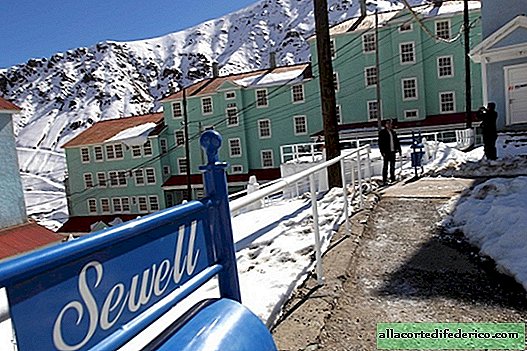
The Andes mountain system is the richest region in terms of minerals, where the reserves of non-ferrous and rare metals of global importance are concentrated. One of these is the El Teniente field in the province of Cachapoal, for the development of which a mine was built and a real city was built for workers.

El Tenete is one of the largest copper deposits in the world, and about 3% of the world's copper is still mined here. To be more precise, this is not just a copper, but a porphyry copper deposit with a high molybdenum content and significant, about 500 tons, of rhenium. El Tenet’s copper reserves are estimated at 64 million tons, while molybdenum is more than 1 million tons. This grandiose deposit is located in the crater of an ancient volcano and has about 1 kilometer in diameter and about 0.7 kilometers vertically. It was opened at the end of the XVIII century, but the full-fledged development, which was led by the American company Braden Copper Co, was taken up only at the beginning of the XX century. This is a remote mountainous region, and the field itself is located at an altitude of more than 2,000 meters above sea level.

When the mine was laid, the question arose of the delivery and placement of workers. It was decided to organize a workers' village, which subsequently grew into a small town, where up to 15,000 workers lived in some years. The houses in Sewell were located right on the side of the mountain, and in the center of the village there was a road. It had its own shops, a bank, a hospital, the police, a fire service, a school - in general, all the attributes of a real city at the beginning of the 20th century. In order to make Sewell more pleasant to live in, wooden houses were painted in bright colors, and the grounds in front of the dormitories were ennobled by green plants and relaxation areas. There were also more comfortable buildings in which American managers and their families lived. They were no different from buildings in a typical USA town of the early 20th century and eloquently testified to the class stratification that existed in Sewell.

Since the 70s of the last century, the development of the field has come under the control of the state Chilean company Sodelso. Since that time, workers began to be brought to work from the nearest town, and therefore there was no longer any need for permanent residence at the foot of the mine. Some of the old houses were demolished, and the rest were restored, they became part of a unique open-air museum. Sewell was recognized by the Chilean national treasure as a unique example of an urban settlement in a mining landscape. Some of Sewell's buildings are still used to accommodate personnel, because the mine continues to extract copper and molybdenum ores today. Well, the town gained its wide popularity thanks to tourists who are happy to visit this Chilean attraction.











